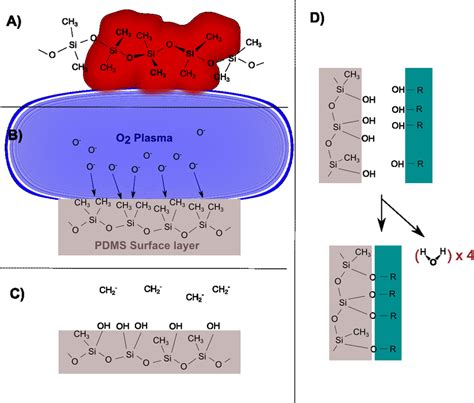Imagine a world where materials can heal themselves, just like living organisms. Well, thanks to the groundbreaking work of researchers at Waseda University in Japan, this futuristic concept is edging closer to reality. Let’s delve into the fascinating realm of polysiloxane materials and their incredible self-healing properties.
“Replacing traditional materials with our self-healing material, which is less susceptible to deterioration and has high hardness, would be in high demand for maintenance-free and durable applications,”
expressed Yoshiaki Miyamoto, the lead author of a pioneering study conducted by Professor Atsushi Shimojima’s team.
Polydimethylsiloxane (PDMS)-based elastomers are at the heart of this innovation. These materials possess a unique ability to self-heal due to the presence of silanolate (Si-O – ) groups that enable dynamic siloxane (Si-O-Si) bonds to break and reform, effectively repairing any damage incurred. The implications of such self-healing properties are vast, ranging from protective coatings in optics, electronics, to aerospace applications.
To enhance the inherent properties of PDMS-based materials, researchers have explored incorporating inorganic fillers like nanoparticles or nanosheets. Introducing nanosheets into polymers results in a layered structure that not only enhances thermal, mechanical, and gas barrier properties but also improves crack-healing abilities in oriented films. This enhancement stems from concentrated polymer diffusion along the in-plane direction.
The real game-changer came when researchers developed an innovative method for producing multilayered films with enhanced self-healing capabilities. By utilizing a self-assembly process, they fabricated composite films comprising highly cross-linked organosiloxane (silsesquioxane) and grafted PDMS layers—a feat that holds tremendous promise for various industries seeking durable solutions.
The fabrication process involved depositing a solution containing specific components onto a substrate before undergoing calcination to remove certain blocks and leave behind the desired multilayered structure. By introducing Si-O – groups through a meticulous immersion process involving different solutions like tetrahydrofuran and potassium hydroxide (KOH), the final film acquired remarkable self-healing attributes.
“This innovative multilayered design allows our material to be both harder and more heat-resistant than existing self-healing siloxane-based materials, paving the way for more durable and reliable applications,”
highlighted Miyamoto regarding the exceptional qualities exhibited by their creation compared to traditional PDMS-based alternatives.
One of the most striking features of these advanced polysiloxane materials is their unparalleled hardness—measuring an impressive 1.50 GPa compared to conventional PDMS elastomers with only 49 MPa hardness. This significant improvement opens up new possibilities for protective coatings, flexible electronics systems, and other applications demanding longevity coupled with high-performance standards.
In conclusion, as we witness this remarkable evolution towards more resilient and adaptive materials through scientific endeavors like those at Waseda University’s forefront—it becomes clear that we’re on the brink of ushering in a new era where durability meets innovation seamlessly.









Leave feedback about this